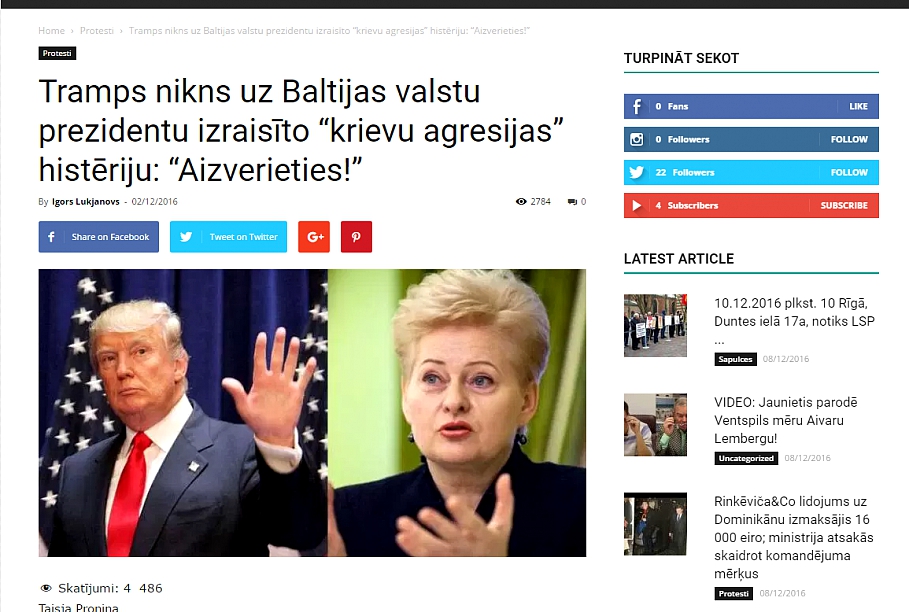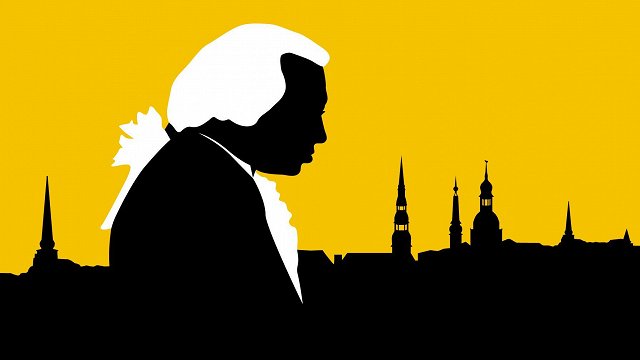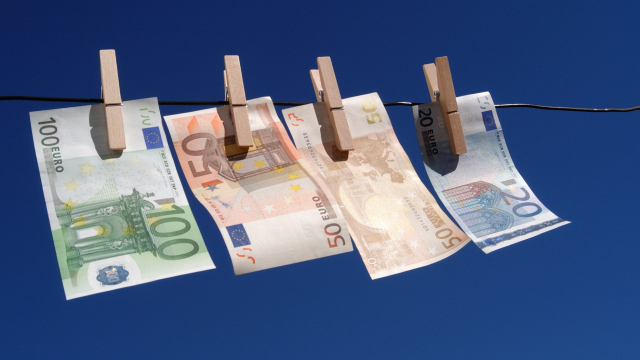Commenting on the latest investigation, Polis told LSM:
"My main issue with these websites or social media profiles disseminating obviously biased information is not their political stance. Everybody has a right to have and express their opinion, and organizations and activists across the political spectrum are getting more and more adept at doing it online.
"However the situation when a bunch of websites pretending to be proper news media are just linking to each other when posting lies or half-truths and there is no easy way for reader to identify the original source, is what I find unacceptable.
"A war of disinformation is being fought before our eyes and there are many combatants, it's definitely not just the pro-Russian side doing it. I am just trying to make sense of who is who in this battle, so that my readers can make a conscious decision to trust or distrust certain sources."
Aiziet, pētījuma 2. daļa! Partybomzis, vietējie ekstrēmisti un Kremļa meli - vienā šizofrēniskā sistēmā. https://t.co/P6zSwIJa2k #propaganda
— Jānis Polis (@JanisPolis) December 12, 2016
In a nutshell
The protesti.lv website assumed the look of a news website in November 2016, when the Nozagts.com website and others mentioned in the previous article started popping up on the web. Even though the portal and its Facebook page ProtestiLV isn't nearly as popular as the resources looked at previously, it caught my attention due to its content and the people tied to the website.
The Protesti.lv website was originally set up as a blog, in December 2014, by one Jānis Cīrulis, known on the internet as Jānis Ķengurs or "Kangarooo". He's the owner and manager of the domains tied to the far-right group Pērkonkrusts (banned in Latvia) and the Fonds 'Stop Migrācija' (The 'Stop Migration' Fund) which is strongly opposed to the admittance of refugees and migration into Latvia.
On his Facebook page, Cīrulis has called for shooting members of the Latvian parliament.
Over two years he published about a dozen articles on the protesti.lv website, then in fall 2015 he attracted one Igors Lukjanovs as news editor. Lukjanovs has since published around a whopping 3,200 articles on the website within 14 months (more than 7 per day).
Most of his pieces are tendentious in nature and are taken from sources like the aforementioned Nozagts.com, the Russian state-run propaganda mouthpiece Sputnik, as well as an obscure news website Infotop.lv.
The pieces published on protesti.lv often run with headlines and images misrepresenting the actual content, but blatantly fake news directed against Latvia is sometimes published as well. In November 2016 the website changed its look, turning into something resembling a news portal whereas before it looked like a regular WordPress blog.
Igors Lukjanovs is something of a minor local celebrity known as 'Party bomsis' or 'party tramp' for attending public events with the goal of hoovering up as much of every free buffet, though it would be fair to say his reputation is not exactly that of an intellectual heavyweight.
He is the board chairman of the Varu Latvijas tautai (Power to the Latvian People) society that has started collecting signatures to sack the Latvian parliament, an initiative cheered on by the previously described "news portals" and used by websites trying to attract clicks on Facebook, as described (Latvian) by the Re:Baltica investigative journalism center in its own recent look at the fake news phenomenon.
Who owns Protesti.lv?
Protesti.lv is a blog that ostensibly became a news website this fall. It's used as a landing page for scandalously-titled posts on social media, spread through the ProtestiLV website. It mostly publishes news critical of the economic and political situation in Latvia from Nozagts.com and Infotop.lv as well as Russian propaganda websites like Sputniknewslv.com. The website features Google ads, however in all likelihood it can't support itself and may be funded from other sources.
Of the 107 stories published on protesti.lv from November 29, 2016 to December 10, 2016, three were outright fake and 17 had headlines radically different from the source. Most of the stories were related to politics and the economy.
According to the stat counter - which admittedly can't be checked - on the website, most of the articles are viewed by a couple of hundred to several thousand visitors. For example, a fake story about a call supposedly made by Donald Trump to the Baltic presidents has garnered a few thousand views. With only 140 followers the website isn't popular on Facebook.
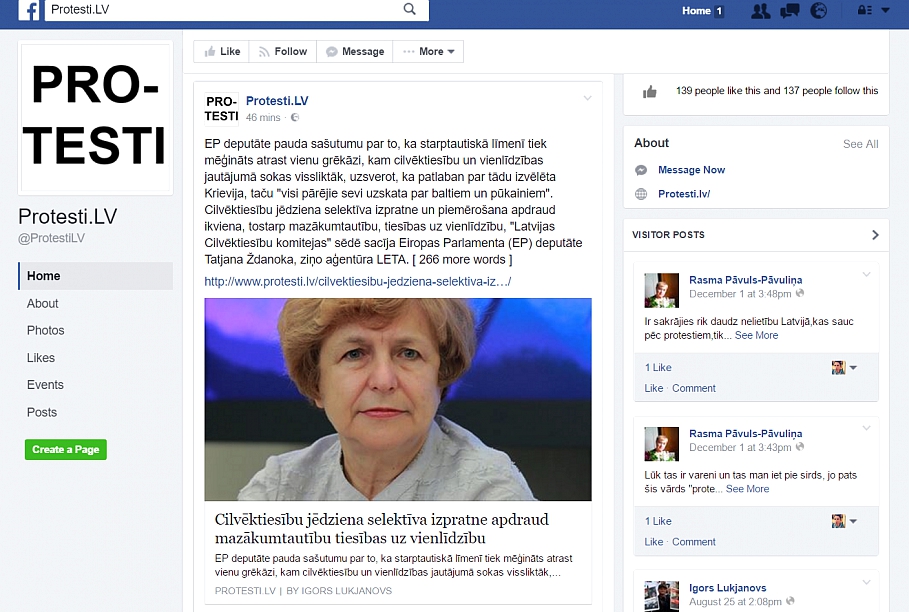
The owner and domain holder of protesti.lv is one 1987-born Jānis Cīrulis, according to the contact phone of the domain cross-referenced with Cīrulis' contact info at the Rīkojoties Kopā website and his profiles on social media.
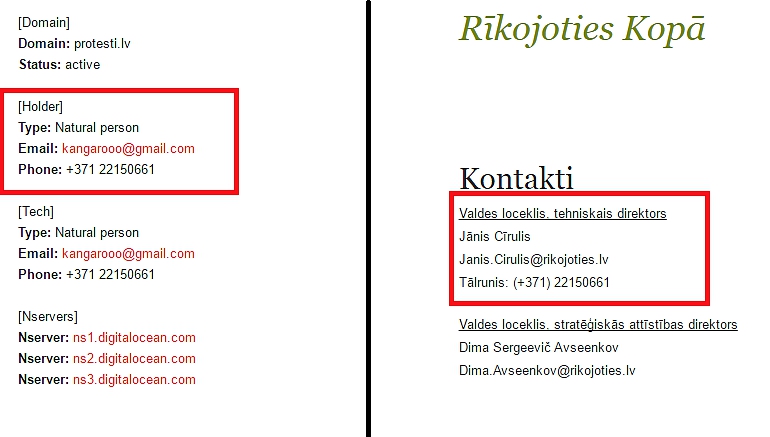
Cīrulis is also the owner or technical assistant of several domains hosted on the same server as protesti.lv.
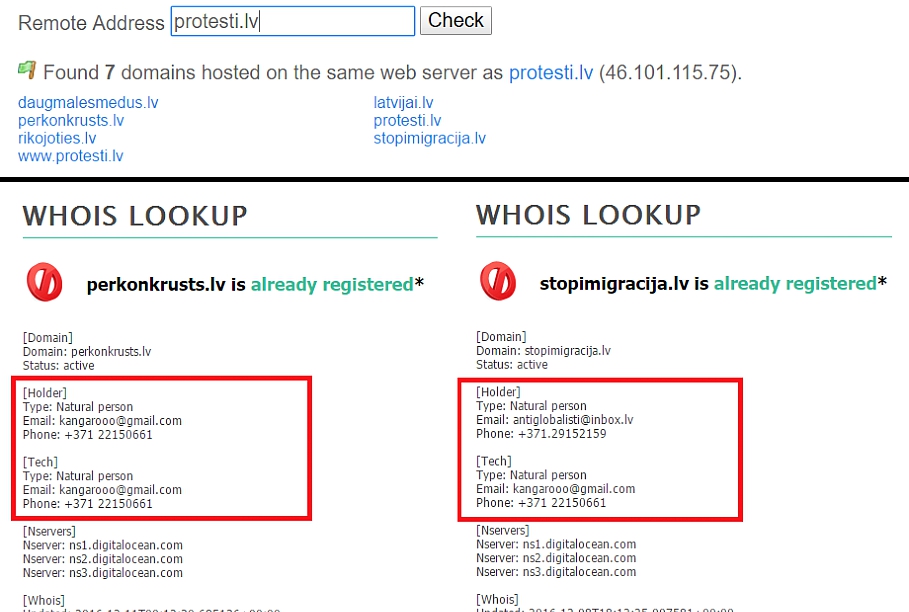
The perkonkrusts.lv website claims to have ties to the banned ultra-nationalist organization Pērkonkrusts. It was founded in the 1930s and was the main supporter of national socialism ideas and fascism. After independence was reinstated, the name and ideology of the organization was assumed by a small group of ultra-nationalists including one Igors Šiškins, whose phone number is the only one available on the perkonkrusts.lv website.
In 1997 the organization tried blowing up the Soviet Victory Memorial with several people sentenced and two dying during the bombing. It was banned soon after. Later on Šiškins was sentenced for illegally storing explosives and other offences. In 2014 another organization - the Gustava Celmiņa centrs (Gustavs Celmiņš' Center, named after the founder of Pērkonkrusts) - run by Šiškins was banned.
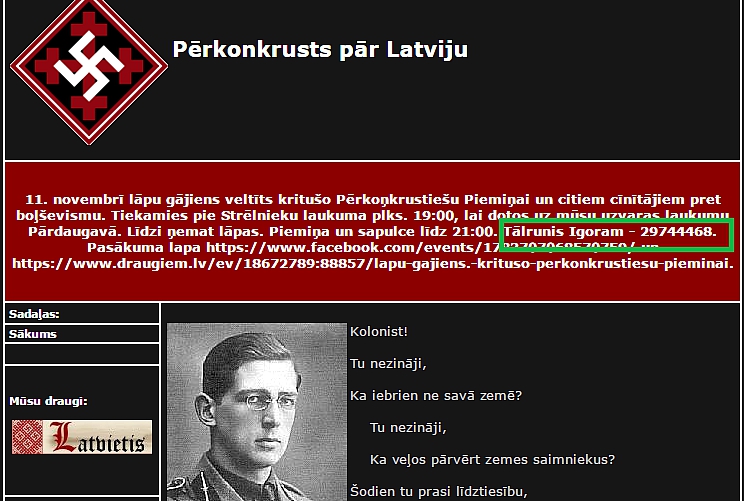
Šiškins was also arrested by police in 2010 on July 1 as he attempted to mark the day Nazi troops occupied Riga.
Stopimigracija.lv is the website of the 'Stop Migration' Fund. Together with the radical Antiglobalists society - Šiškins is also among its leaders - the fund is currently trying to establish a political party. Its party program includes buying money printing machines, limiting the privileges of social worker, eschewing microchips, and also the "deoccupation, decolonization, debolshevization" of the state.
It is also worth noting that while in many countries "anti-globalists" are generally associated with the radical left, in Latvia the links are clearly to the radical right. The organization is in favor of Latvia leaving the European Union.
Šiškins is involved in creating the party, and the contact info found at the party program is the same as on the perkonkrusts.lv website. While the videos from party congresses are posted on protesti.lv.
These facts suggest Šiškins' participation in all the aforementioned projects.
While there are not data over Jānis Cīrulis' involvement in these organizations aside from maintaining the websites, Cīrulis doesn't shy from posting punishable anti-state agitation on his social media profiles, such as this entry that appears to call for murdering members of the parliament.
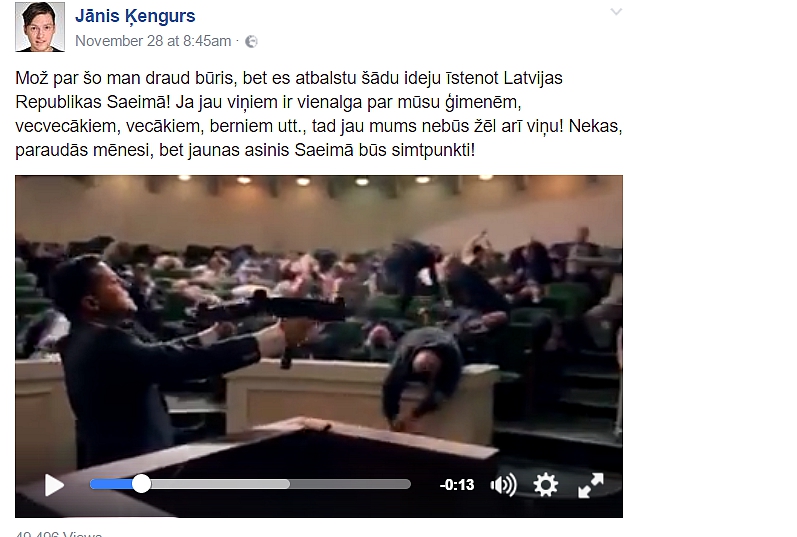
Igors Lukjanovs
The second person tied to protesti.lv is Igors Lukjanovs who has published thousands of articles on the website since fall 2015.
His byline is added to the articles published on protesti.lv. He also advertises them on his Facebook profile. I have no information over how Jānis Cīrulis met Lukjanovs, however it is possible it happened under the auspices of a radical nationalist organization, as Lukjanovs has appeared publicly as a representative of Latvijas nākotnes institūts (The Institute for the Future of Latvia) run by the "eurosceptic" Normunds Grostiņš (he ran to become a MEP in 2014 from the Latvian Socialist Party).
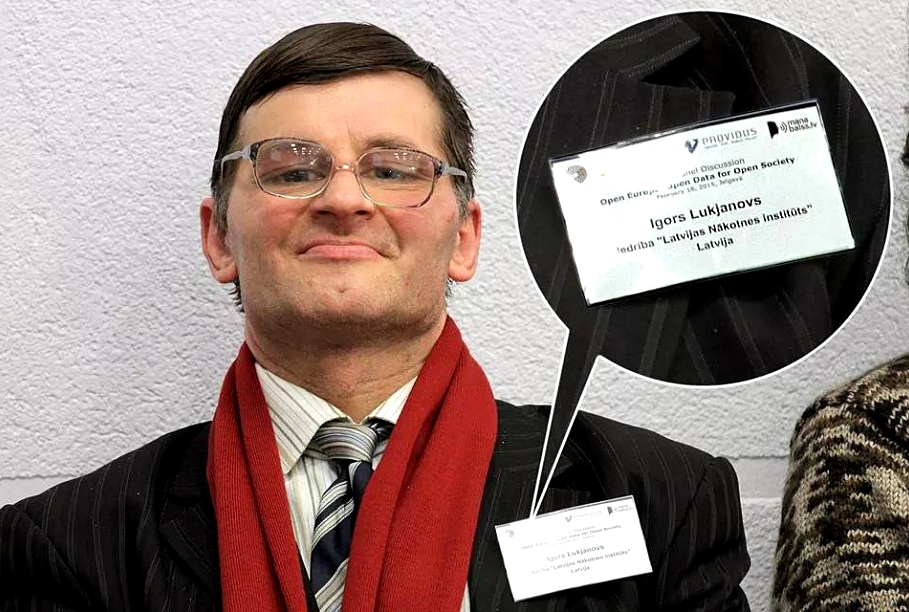
Almost concurrently with starting at protesti.lv, Lukjanovs and his associates founded and started chairing the Power to the Latvian People society.
Lukjanovs can frequently be seen at right-wing protests, sometimes handing out copies of nationalist news sheets such as DDD (Deoccupation, Decolonization, Debolshevisation).
In November 2015 the society started collecting signatures to start a people's vote to sack the parliament. Within a year, this initiative had found support only among 514 people. In 2016 the initiative was registered once more at Latvia's Central Election Commission. This time however it was widely publicized by Facebook websites running entertainment stories, and also by news websites set up this year.
According to Re:Baltica the drive to sack the Saeima was, within the course of a few days, published by Facebook pages that have more than 600,000 followers in total, three times as many as the viewership of Latvia's most popular TV show.
Is this all just coincidence or a bid by some unknown power to sack the parliament? Or perhaps an attempt to manipulate public opinion at a strategically important moment? To date, I do not have an answer. How can ideas about blowing up the Soviet Victory Memorial and 'decolonizing and deoccupying' the state coexist with republishing Sputnik news and promoting the pro-Russia MEP Tatjana Ždanoka? This too is a mystery to me, but it must be said it's very interesting...
